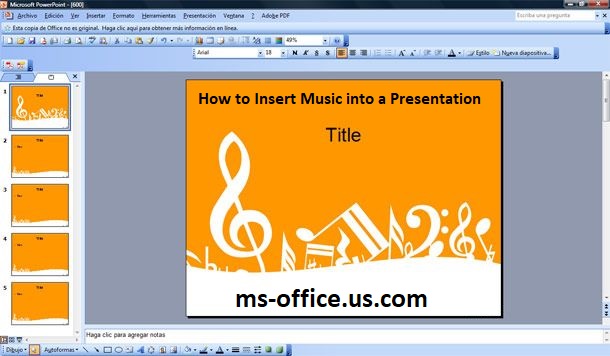How Do I Install Windows 11 On An Older, Non-Supported Computer?
Microsoft won't automatically update non-supported computers. Users must perform this task manually. However, it is possible to succeed by simply hacking the process. office.com/setup
Microsoft made it clear that it intends to restrict Windows 11 installation to only certain computers with the appropriate hardware security features. These requirements prevent many older but still usable PCs from receiving the Windows 11 upgrade. This means that users will have to purchase new hardware sooner than expected to support Windows 11.
It doesn't have that way. Users can install Windows 11 on their older computers with a little creativity and sleight-of-hand, despite Microsoft's requirements. It is important to combine key elements of the Windows 10 ISO file and files from the Windows 11 ISO file.
The following steps will upgrade an unsupported Windows 10 computer to Windows 11. This upgrade will be performed automatically if the hardware meets the requirements. If the hardware fails to meet these requirements, the installation must still be done manually.
Important to remember that Windows 11 installation success will still require TPM 2.0 or higher and UEFI boot ability. This is only applicable to 64-bit versions. These requirements cannot be changed.
Microsoft's core isolation and VBS requirements were the reason Microsoft made such a small list of approved CPUs. VBS protocols are not supported by older CPUs. This means that older CPUs will experience a decrease in overall performance.
My 2016 media PC is an example of hardware that can run Windows 11 with VBS disabled. It is an Intel Core i7-6700K CPU, and it was my primary gaming computer. It runs on an NVIDIA GeForce 1080 GPU. This allows it to display multiple sporting events simultaneously and play casual games. It doesn't contain sensitive data so I am confident that it can be run with core isolation disabled. You can find many other examples of highly capable and useful PCs that are too old to run Windows 11.
Download the ISO files for Windows 10 and Windows 11 from Microsoft to begin the update process. You can use the Media Creation Tool, but it is easier to just download the ISO files to your PC.
Once you have both ISO files, double-click the file name to mount Windows 10 ISO. As shown in Figure A, you'll see an E: drive with many files and sub-folders.
Create a new folder, let's say on your desktop, name it "Windows 11_Special_Install," and copy the contents of the mounted Windows 10 ISO to this new folder. This will create an editable ISO file.
You can unmount Windows 10 ISO by right-clicking on the drive (E) and choosing "Eject" in the context menu.
Double-click the Windows 11 ISO file to mount it. Navigate to the "sources” folder and scroll down until you find the file "install.wim" as shown in Figure A.
Copy the Windows 11 version of install.wim to the Windows 11_Special_Install/sources folder, replacing the Windows 10 version of that file.
You can unmount the Windows 11 ISO file using the right-click menu and select "Eject" from there.
If VBS or core isolation security are still enabled on your soon to be updated PC, turn them off.
Now, run the setup.exe app from the Windows 11_Special_Install folder and follow the prompts to reinstall Windows 10. You won't install Windows 10, but you will install Windows 11 without any testing for authorized CPUs.
You can choose to have the installation run without any online assistance or updates by clicking the advanced options link. We want to use the file that we have copied and not a file in the cloud. After the initial process is complete, there will be updates that can be downloaded and installed.
After the update and installation are completed, you can run an official Windows 11 operating on a computer with an unsupported processor. You can copy the contents of your Windows 11_Special_Install folder to a USB thumb drive and use it to install Windows 11 on other capable but unqualified PCs as well. visit www.office.com/setup



